Against a backdrop of the green countryside with golden fields of wheat, the goddess at the center of the composition is installed in a chariot pulled by geese. She is cheered by many cheering villagers, singing the hymns of praise and dancing to the sound of the bagpipes. Dressed in a red tunic and a loose wine-colored cloak, she holds a bundle of ears of wheat in her hand, announcing the start of the harvest.
In the foreground on the left a beggar takes advantage of the celebration and counting on the generosity of passers-by holds out his pitcher.
In the background to the left of the panel we can see a reaper working in the fields.
The dominant and close foreground, filled with figures with various positions and gestures, accentuates the importance of prossession.
Our work is distinguished by its bright color palette composed of reds, yellows, blues, pinks and greens enriching the composition.
The subject is rare for its iconography associating a Roman custom with a popular scene from the artist's contemporary period.
The ancient-dressed goddess and her chariot drawn by geese are transported from ancient Rome to the middle of the Flemish countryside at the start of the 17th century. This process of associating mythological narrative with genre scenes is present in other works by Louis de Caullery.
What sets our painting apart, however, is the Flemish realism inspired by popular scenes by Pieter Brueghel the Elder. Far from feasts in palaces and gardens with refined characters, here the artist gives us the rustic life of the companion with its joys and celebrations and simple people in their daily existence.
Attributed to Louis de Caullery, Antwerp, first quarter of the 17th century.
Oil on oak panel.
Dimensions: panel h. 55.5 cm, l. 38.5 cm
Dutch style frame, dimensions with frame: h. 76.5 cm, l. 61 cm
An almost identical painting has been auctioneed at Sotheby’s London on July 8, 1999 attributed to Louis de Caullery.
A series of three paintings by Louis de Caullery and in a private collection with winter, spring and summer triumphs has been studied and published in a Dutch art magazine Oud Holland, 125, 2012 pp. 5-27.
The summer triumph has many similarities with our painting, especially the chariot with Ceres and his companions in the foreground.
The allegorical paintings in vogue in Antwerp at the beginning of the 17th century mainly evoke the senses, the elements and the seasons. The seasons are generally personified by Roman deities, spring by Venus, autumn by Bacchus, and summer by Ceres.
Ceres is a goddess of agriculture, harvest and fertility. In Ancient Rome the feasts were celebrated in his honor several times a year. At the end of August, a procession crossing the fields took place before the harvest in order to ensure the good conservation of the coming harvest.
Louis de Caullery (Caullery, c.1580 - Antwerp, 1621/22)
This Flemish master was born around 1580 in the Cambrai region. From 1593/1594 he became a pupil of the Antwerp landscape painter Joos de Momper. Member of the Guild of Saint Luc from 1604, Louis de Caullery seems to have been active in Flanders throughout his life although he has a great knowledge of different European cultures. He is mainly attributed genre scenes: carnivals, banquets, parties, love gardens populated by many characters.




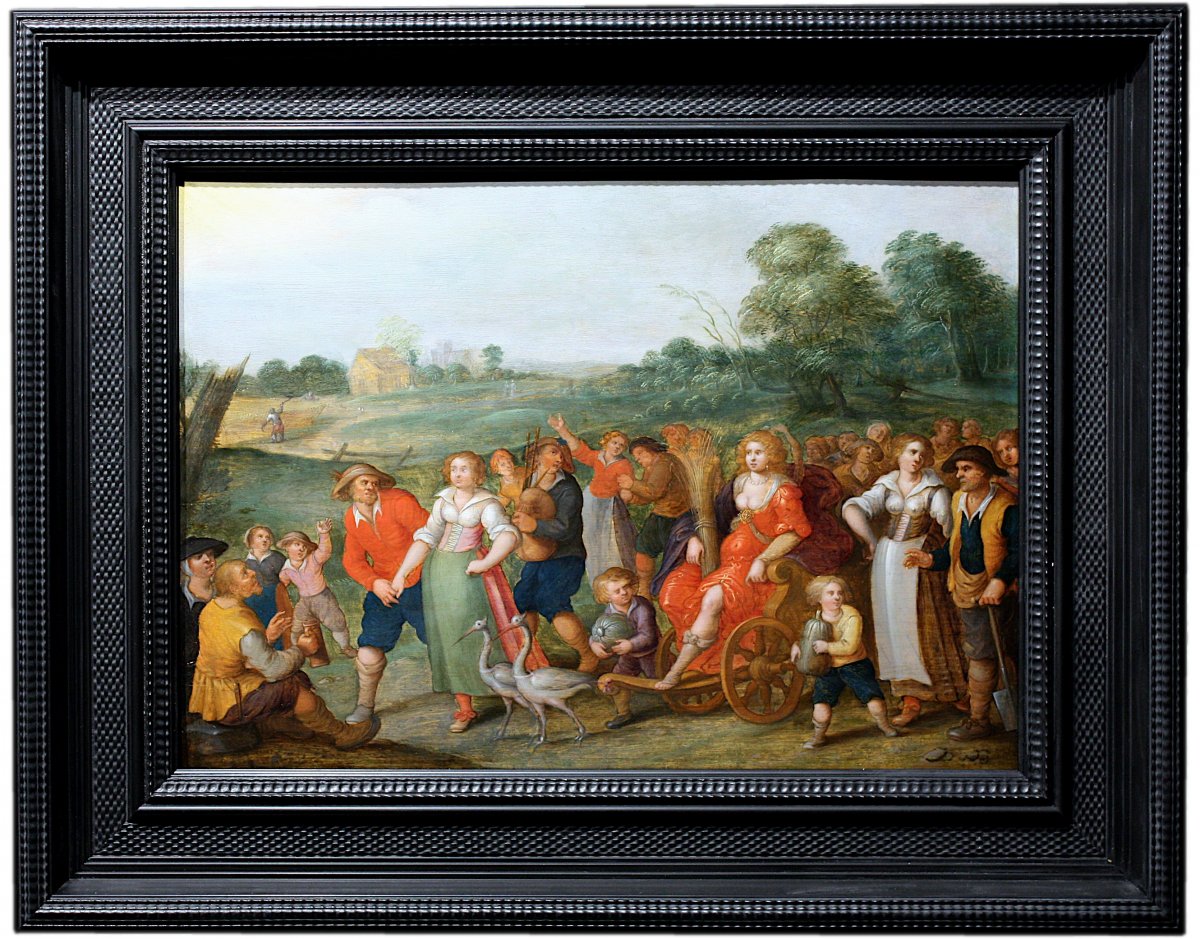

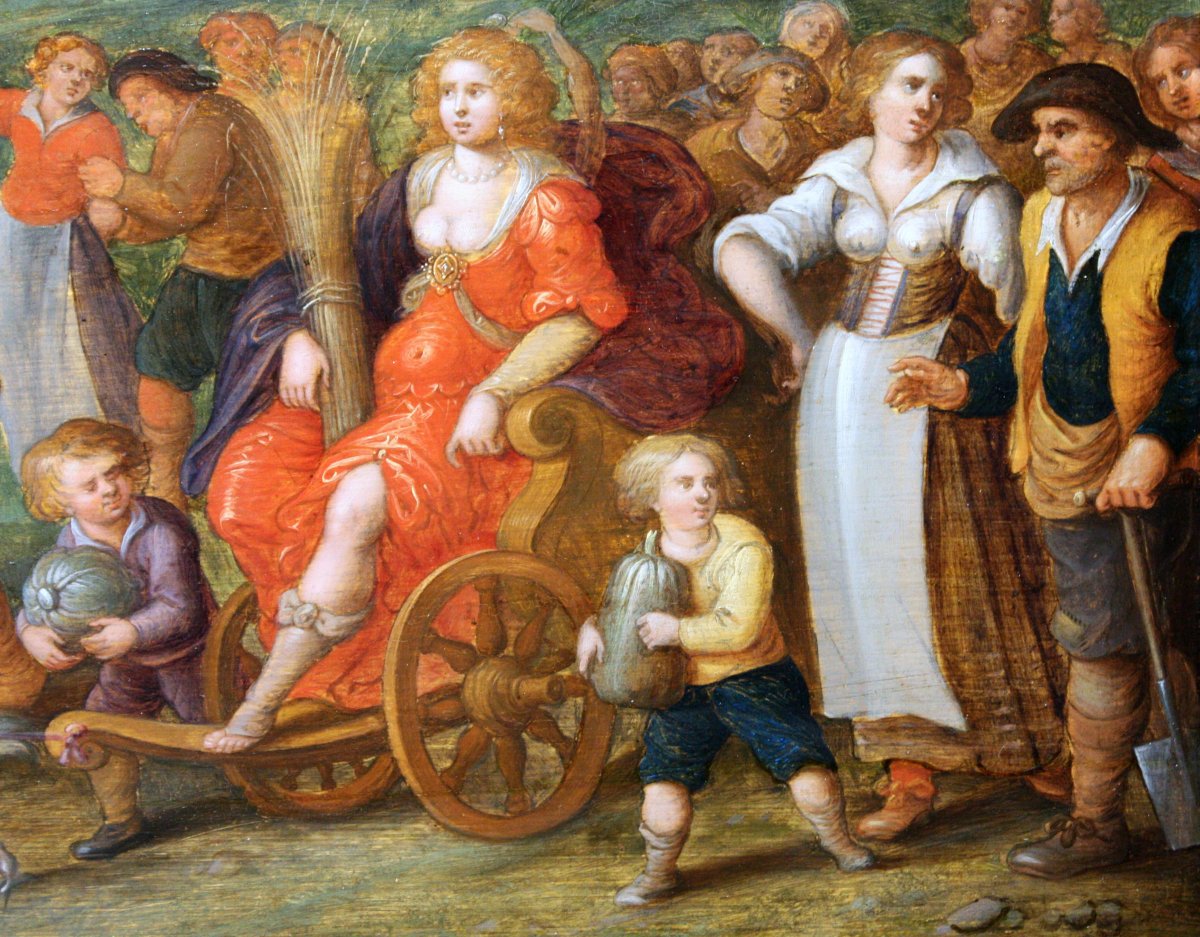


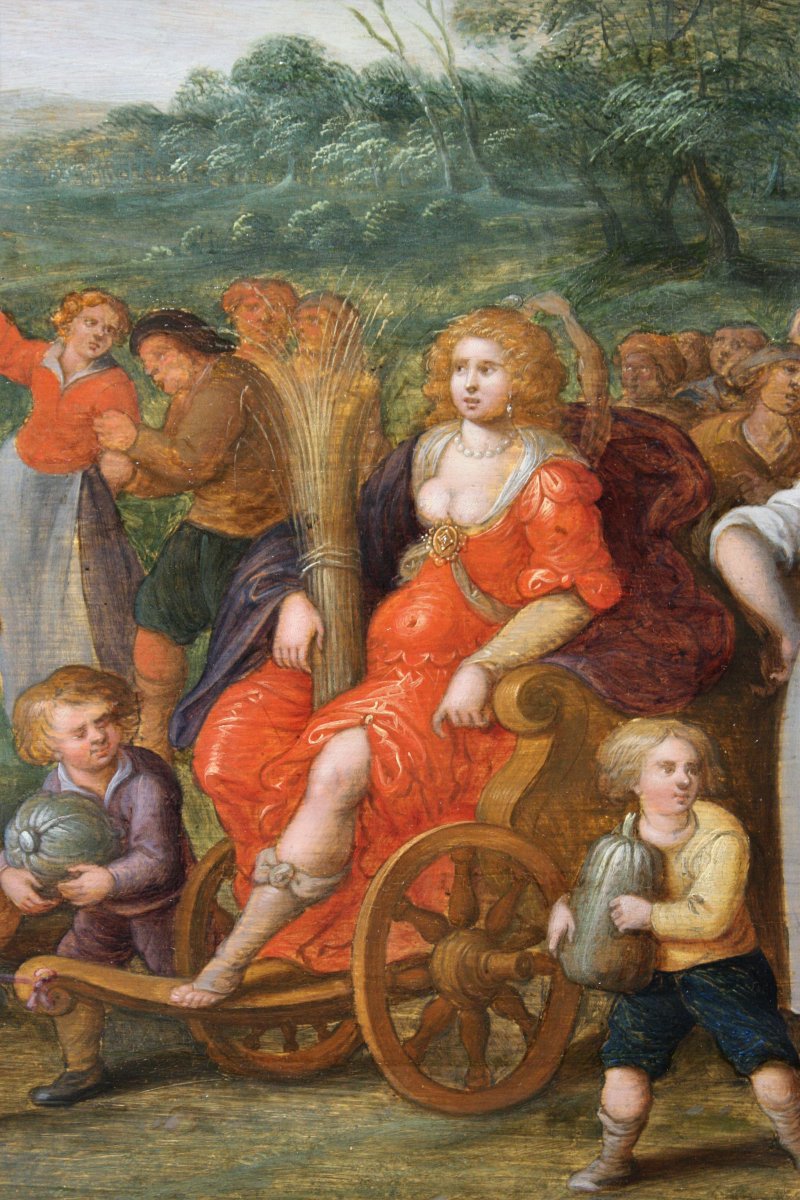





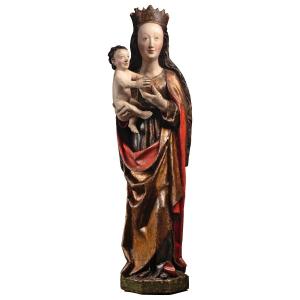


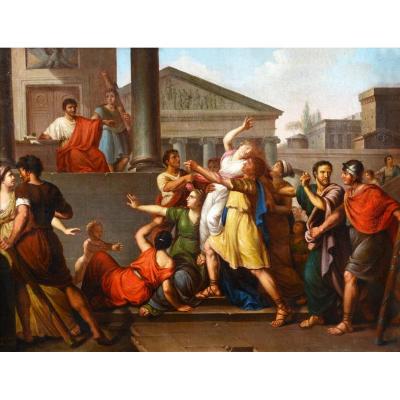







 Le Magazine de PROANTIC
Le Magazine de PROANTIC TRÉSORS Magazine
TRÉSORS Magazine Rivista Artiquariato
Rivista Artiquariato
